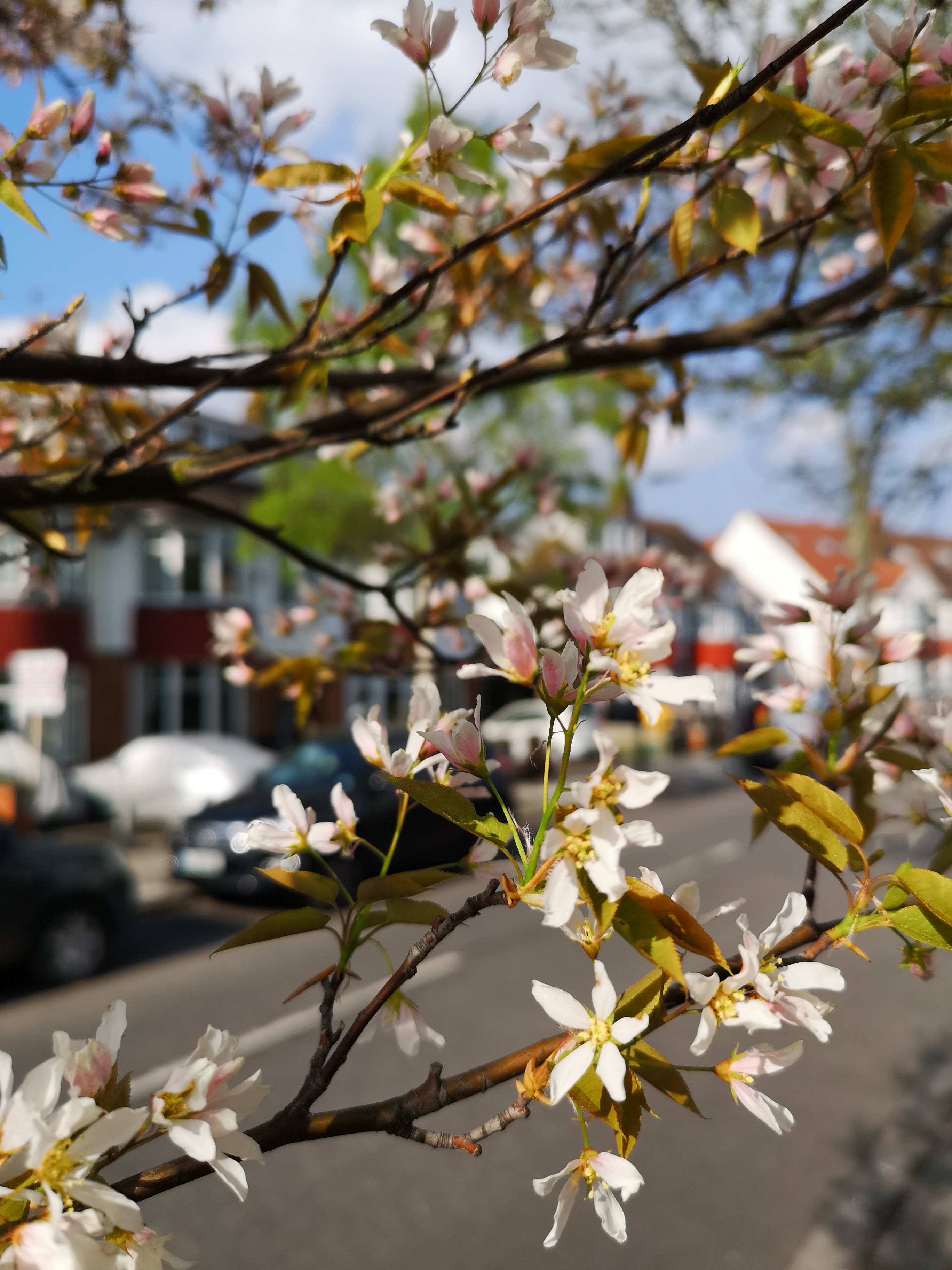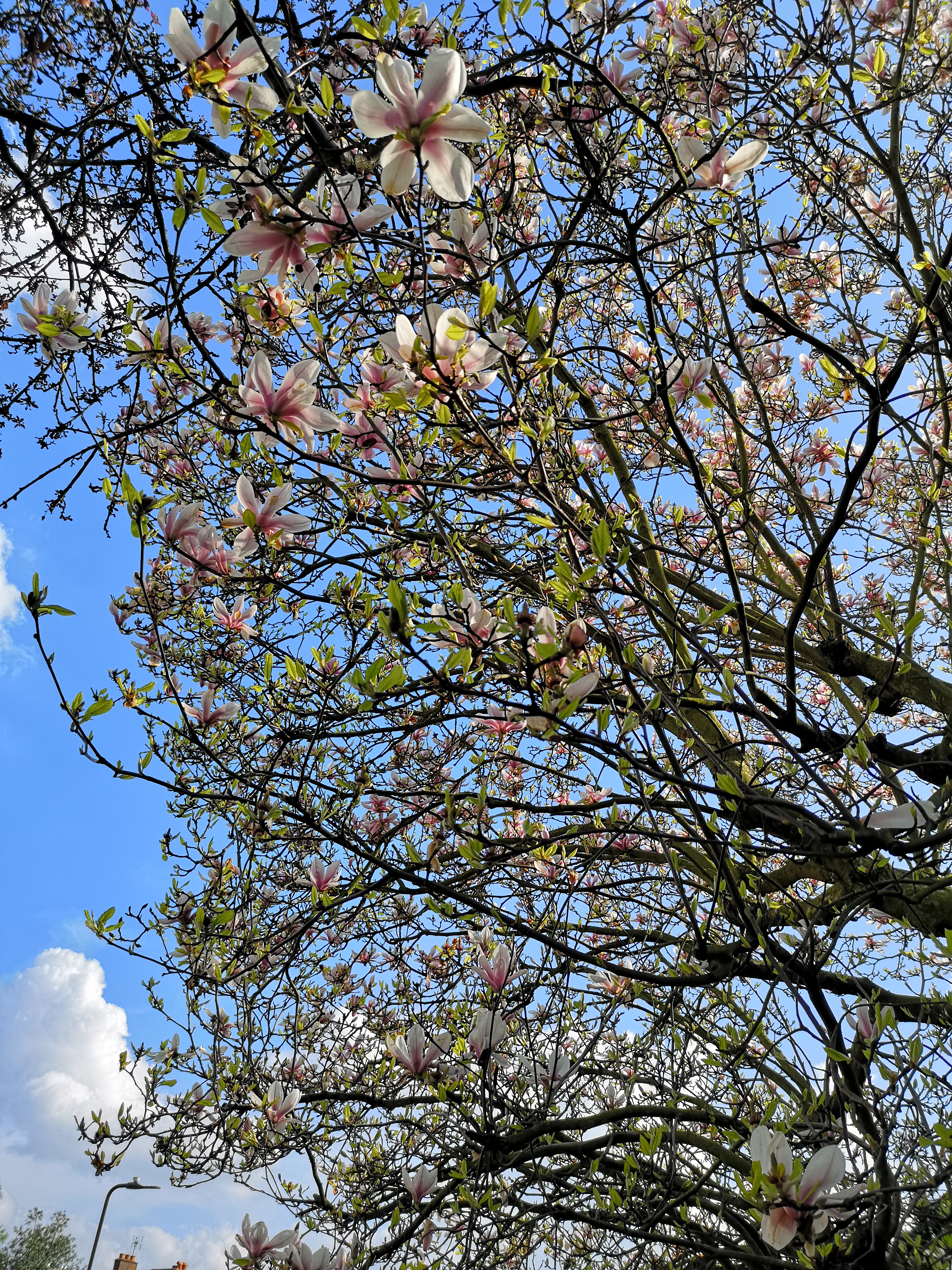Why you can trust TechRadar
Battery life is good, but not P20 Pro good
- All day life from its 4,000mAh battery
- P20 Pro outlasts it despite having the same size juice pack
Despite sporting the same number of mAh, packing the same chipset and running the same version of Android and EMUI, the Porsche Design Huawei Mate RS battery doesn’t quite live up to that of the Huawei P20 Pro – the current generation battery champion.
In our 90-minute video playback test, the Pro only lost 9% while the Mate RS lost 17%. This is still perfectly respectable, putting it above the likes of the Huawei Mate 10 and Samsung Galaxy S8 and corroborating the day-long battery we got from the RS with regular use.
That said, you may want to avoid hammering this thing too hard if you know you’ll be away from a charger for a full 24 hours.

This lesser life could be down to software optimisations, but is more likely due to the QHD resolution display on the Mate RS.
It's worth noting that the Porsche Design Huawei Mate RS also supports fast charging and - unlike the P20 Pro - wireless charging, which is also fast. In fact, according to Huawei it's 80% faster than the wireless charging offered by the iPhone X.
We Leica it a lot
- Three rear cameras
- Excellent low light performance
- Same setup as P20 Pro
Three cameras on the back, one camera on the front, a combined 92MP resolution across all four – we’ve been here before.
The Porsche Design Mate RS has an identical camera setup to that found on the Huawei P20 Pro, and to quote our review of that, the camera delivers “the best handheld ultra low light photos you can get from a phone.”
Beyond low light, the camera is solid across the board, though not without its quirks. For an in-depth overview, check out our P20 Pro triple camera explainer and P20 Pro review.
In a nutshell, despite packing a 40MP main sensor, the default shooting resolution of the Mate RS is 10MP. Using a technique call pixel-binning, the camera combines pixels to make a lower resolution image that looks better.

The camera also implements some heavy AI to identify what you’re shooting and optimise the picture as it sees fit. Blue sky? Consider your saturation bumped blue sky high. It can discern over 30 breeds of dog, automatically blur out the background when you’re taking a portrait shot and can crop in to reframe your macro photos.
To the seasoned photographer, this aggressive AI is overzealous. It also results in a lot of processing. Luckily, it can be switched off in the settings, under the ‘Master AI’ option, though if you have some patience, you might want to leave it on.
Huawei has tuned the feature to get to know its user over time. Given the fact you can dismiss Master AI’s automated photography modes on a case by case basis, if you grow to appreciate the portrait mode but aren’t a fan of the waterfall mode, it will dial back where appropriate.

That said, what’s impressive about the AI shooting out of the box is that nine shots out of ten looked really good, and with the option to boost the resolution to 40MP when the lighting is on point, you can pick up a huge amount of detail on this phone – more than any other, aside from the P20 Pro.
The main 40MP sensor and a secondary 8MP 3x zoom module also combine to deliver the best combination hybrid optical/digital zoom we’ve ever seen on a smartphone, beating even the Samsung Galaxy S9 Plus in poor lighting.
Low light shooting in night mode is where things leapfrog the competition, with the Huawei Mate RS able to extend the shutter speed for up to four seconds, still keeping everything steady for a crisp long exposure shot.

There are plenty of other modes to play with, including native monochrome, capitalising on the 20MP black and white sensor around the back.
Better still is the fact you can shoot in full manual mode across resolutions and save photos as RAW files as well. As a result, whether you’re a novice or an expert, the Mate RS can probably strike your balance.
Video is also exceptional, with Full HD stabilisation, even when zoomed in videos look mind-bogglingly good. This AIS – artificial intelligence stabilisation, is turned off in 4K and 60fps 1080p video for heat management and battery saving reasons – a real shame if you plan on using those modes heavily.

As for the 960fps slow motion video, this is terrible in bad light, great in good light. That said, the Mate RS exposes slow motion clips less than the Samsung Galaxy S9 Plus, resulting in generally darker videos.
With everything going on around the back, it’s easy to forget the front camera, but Huawei clearly hasn’t. Selfies look good across lighting conditions, beauty mode is paired with an intensity slider, so you can fine-tune your Barbiefication, and it shoots up to Full HD video.
In fact, the main complaints we have when it comes to the cameras of Huawei’s new smartphones focus on the interfaces across the Huawei P20, P20 Pro and Mate RS.
They are busy and adopt skeuomorphic elements (fake leather as a backdrop of the UI), a design tool commonly associated with iOS 6.
Camera samples






Current page: Battery life and camera
Prev Page Introduction, design and display Next Page Anything else I should know?Basil Kronfli is the Head of content at Make Honey and freelance technology journalist. He is an experienced writer and producer and is skilled in video production, and runs the technology YouTube channel TechEdit.

